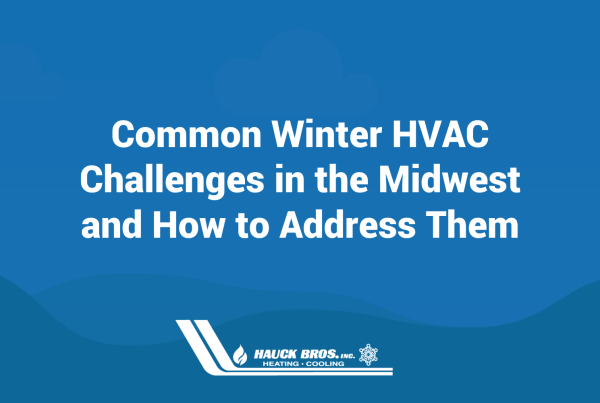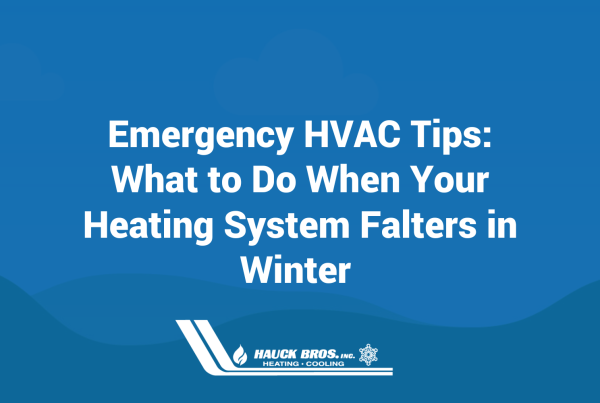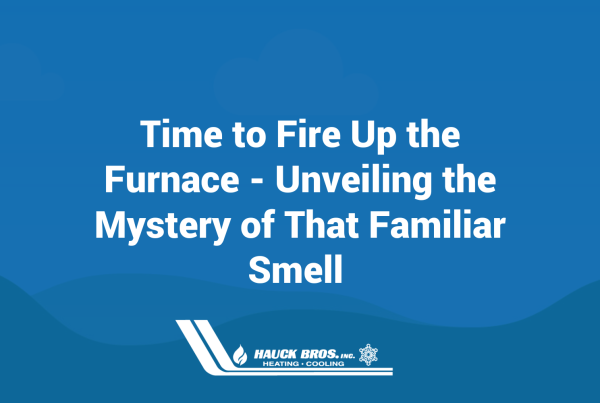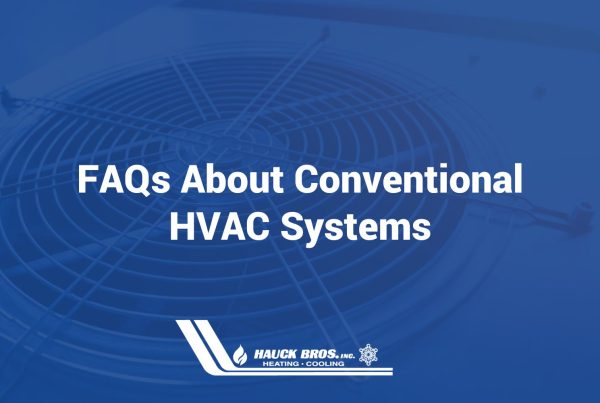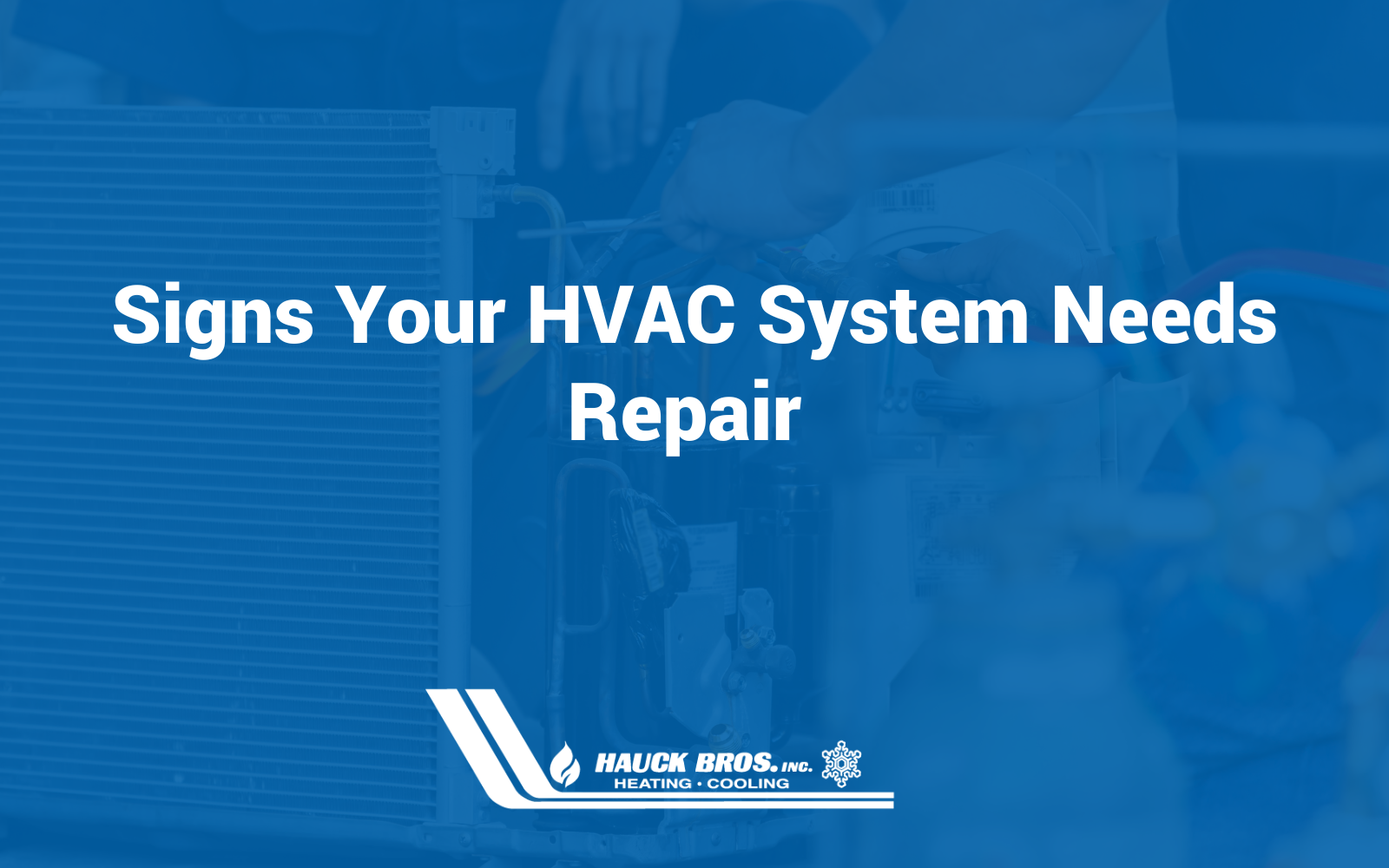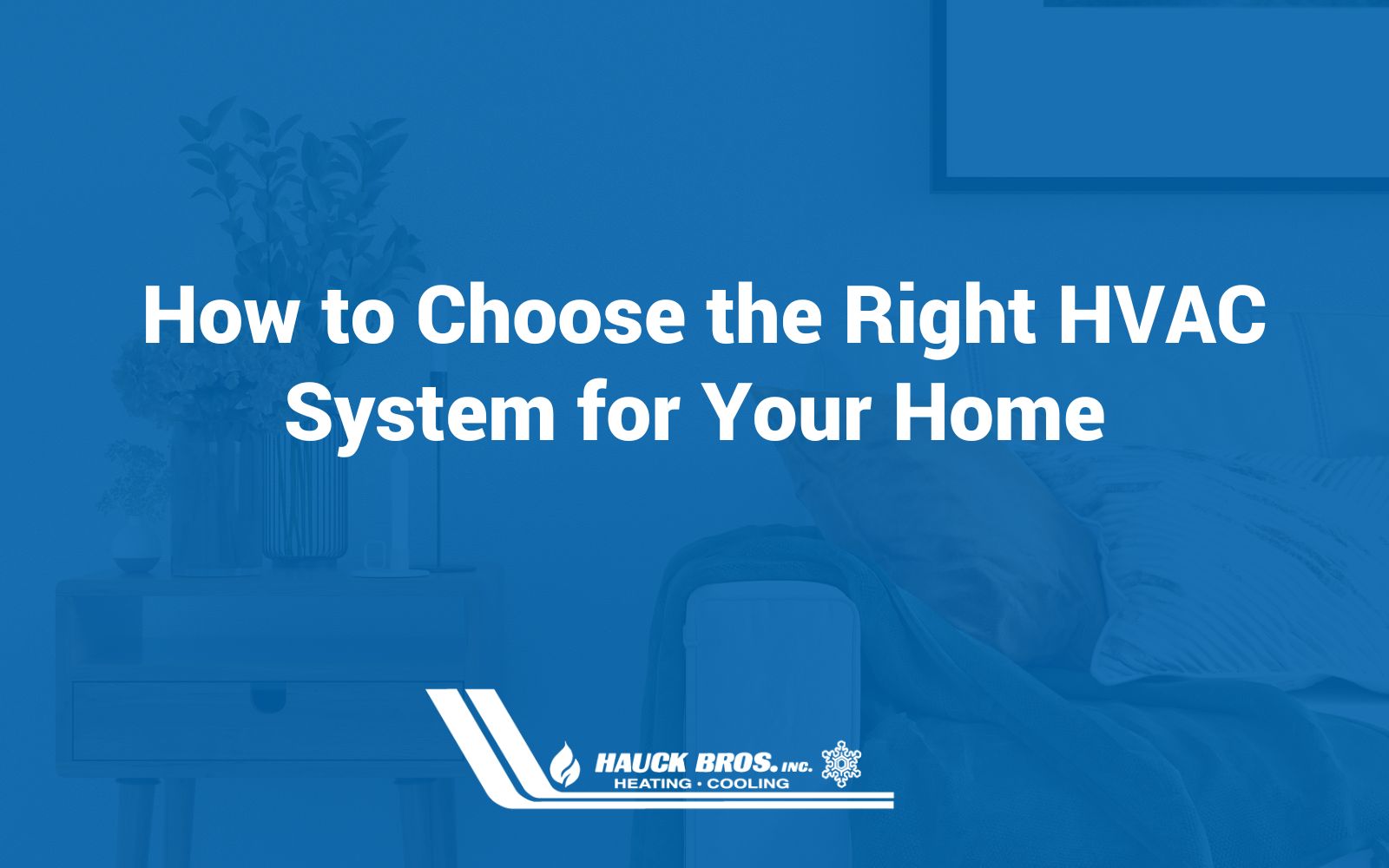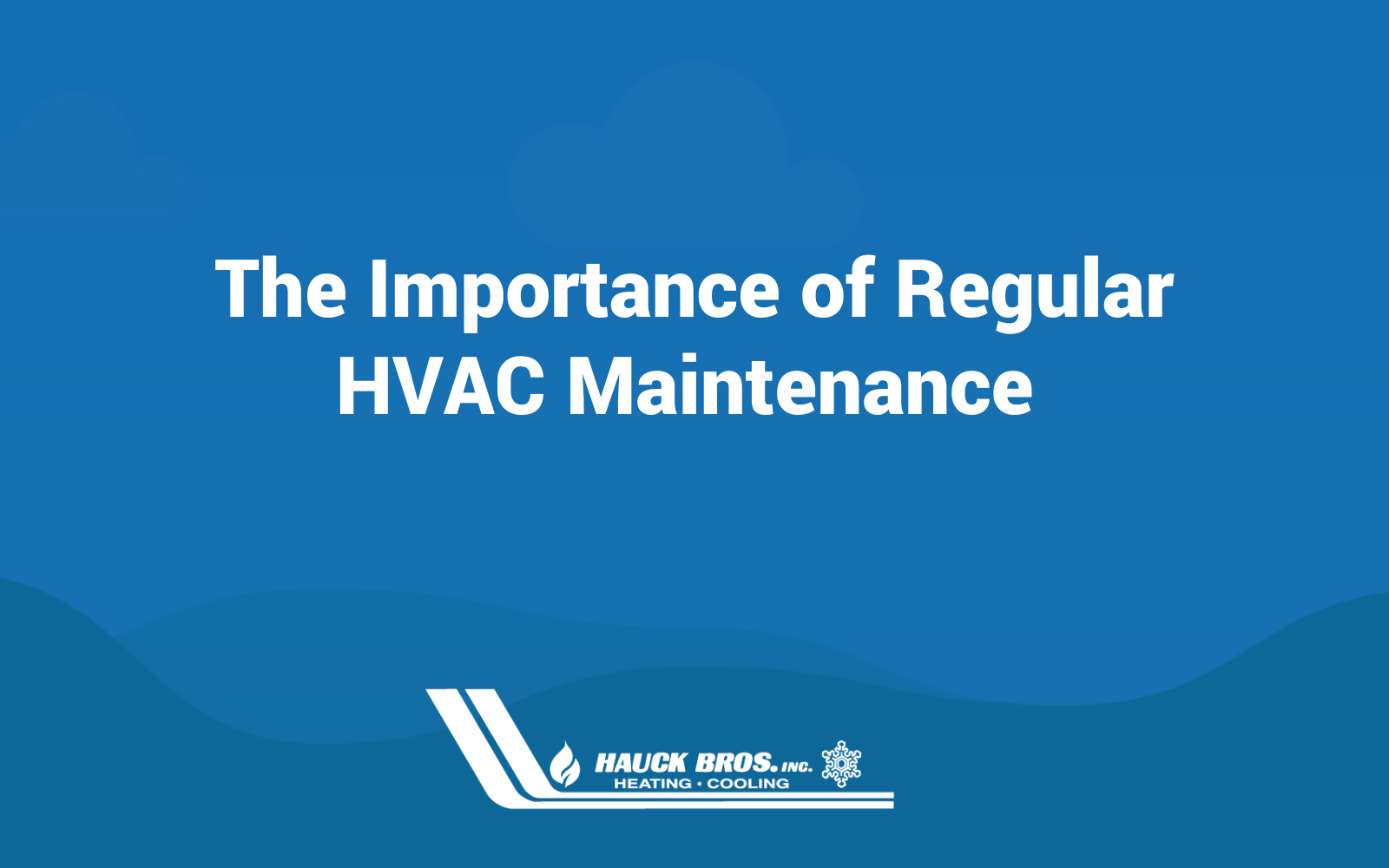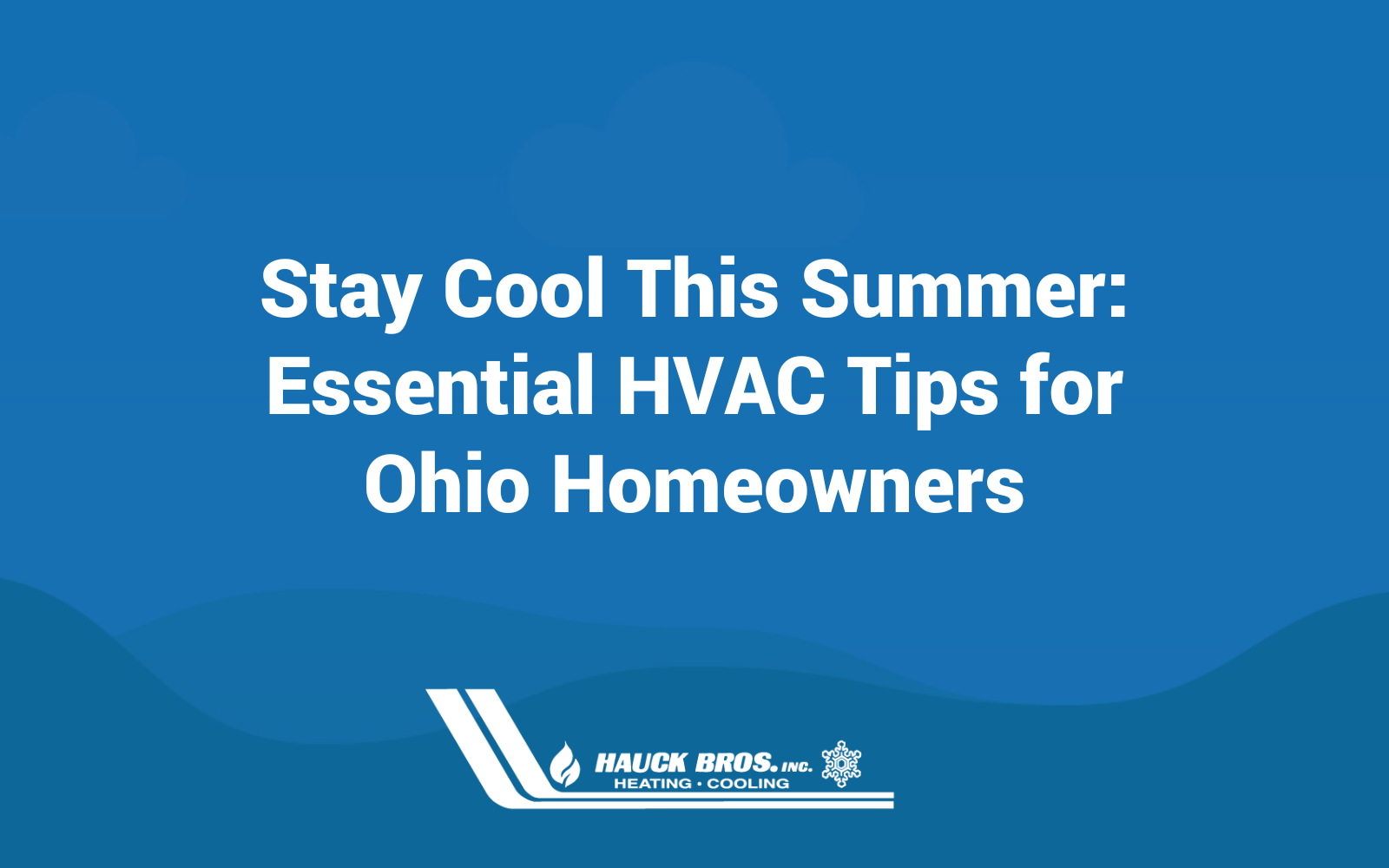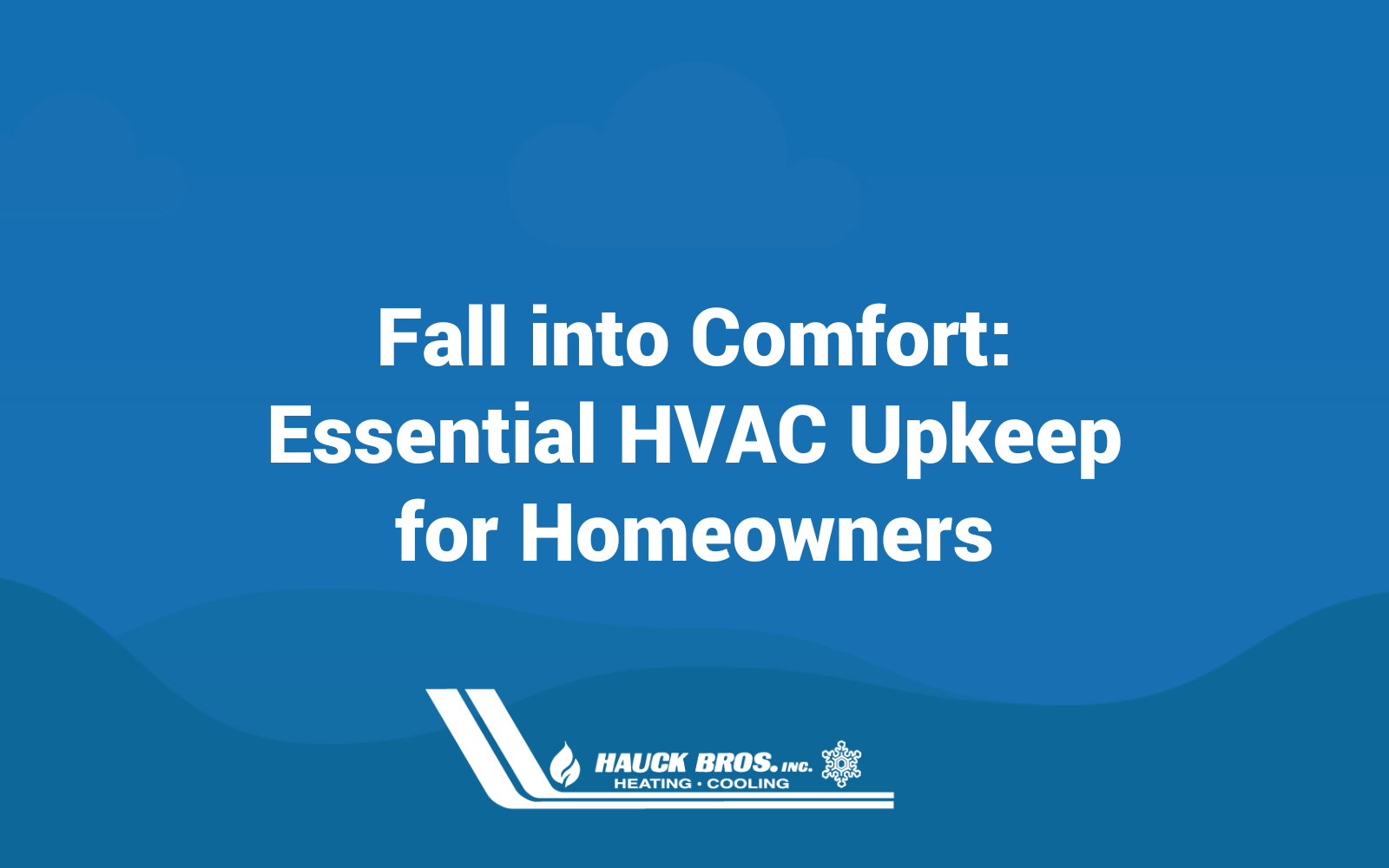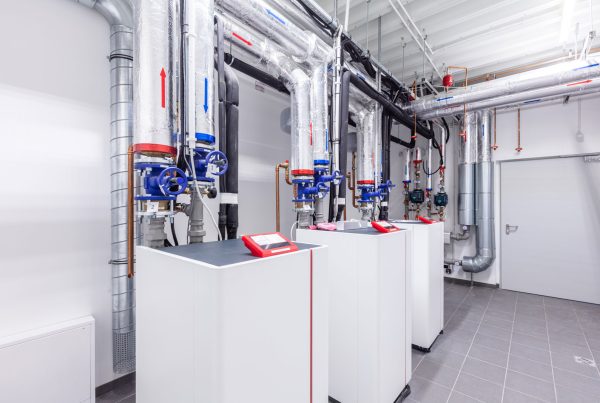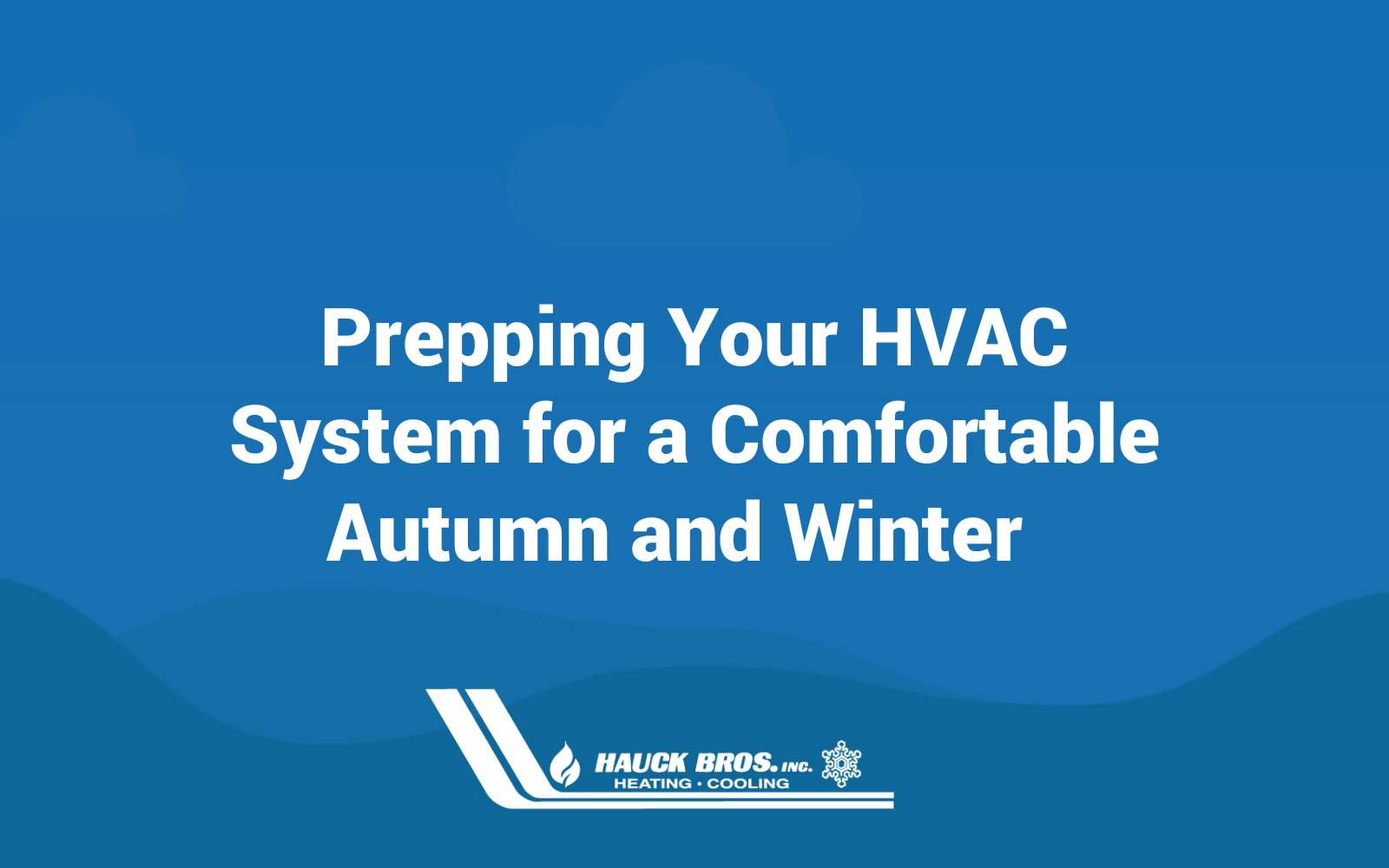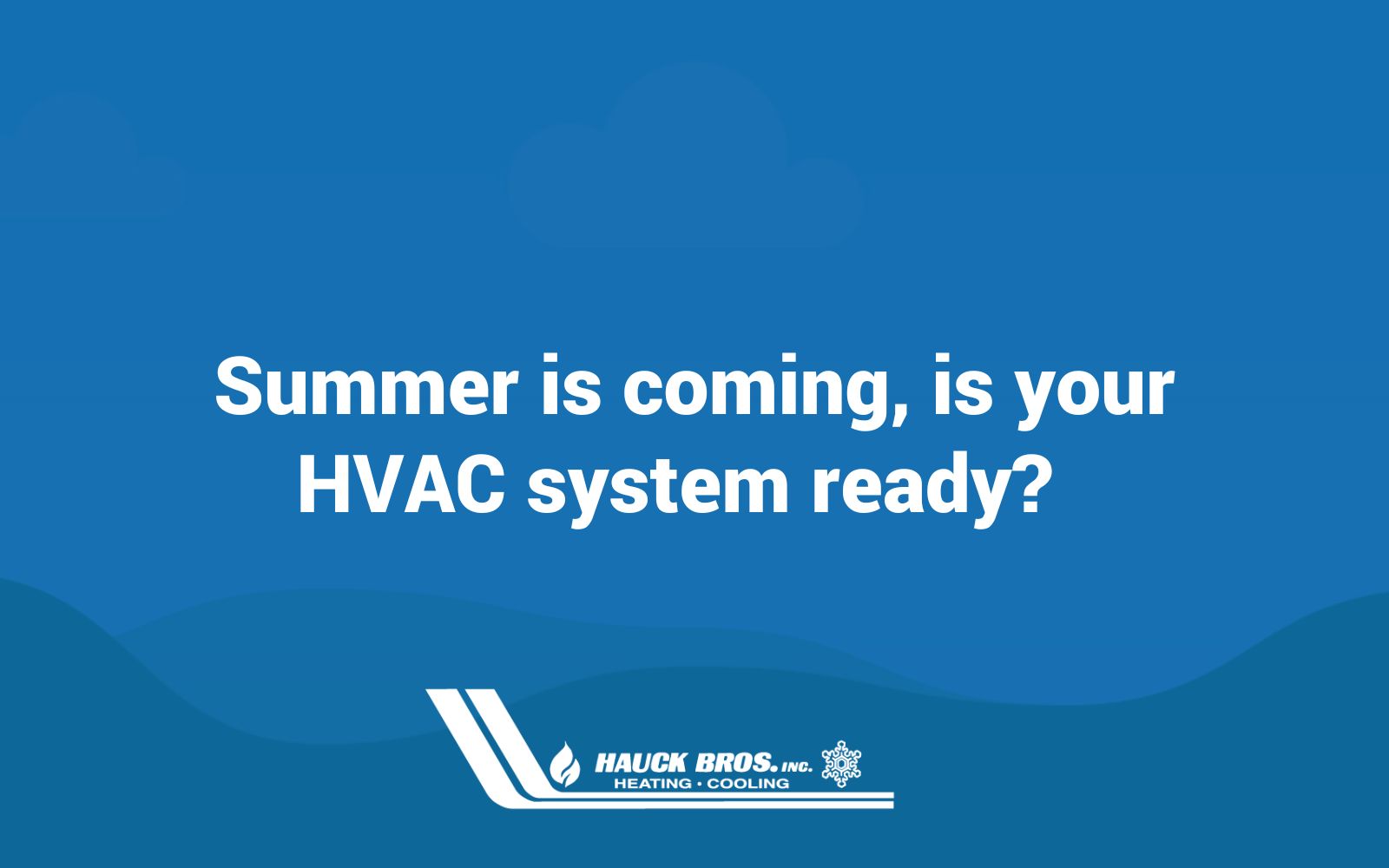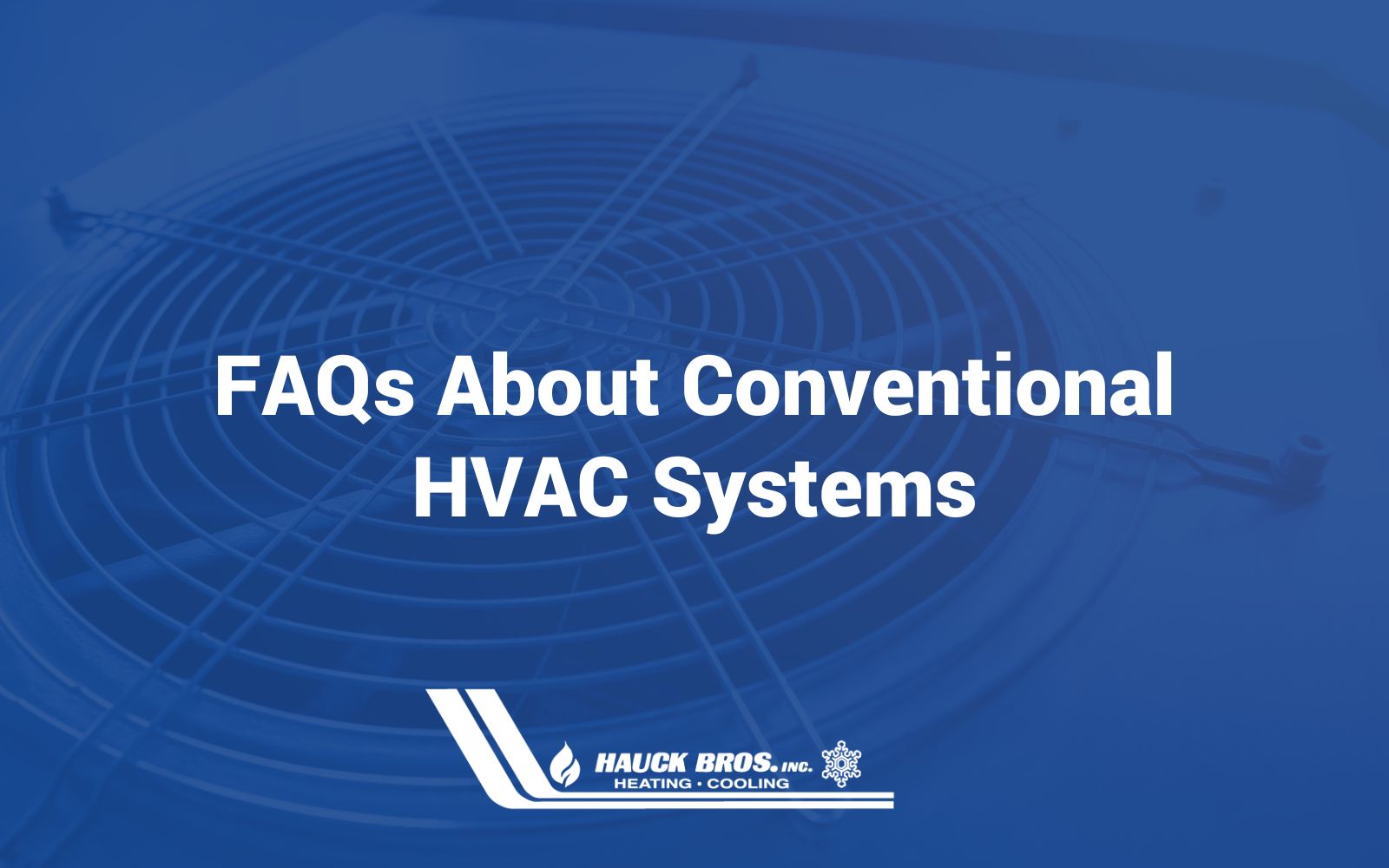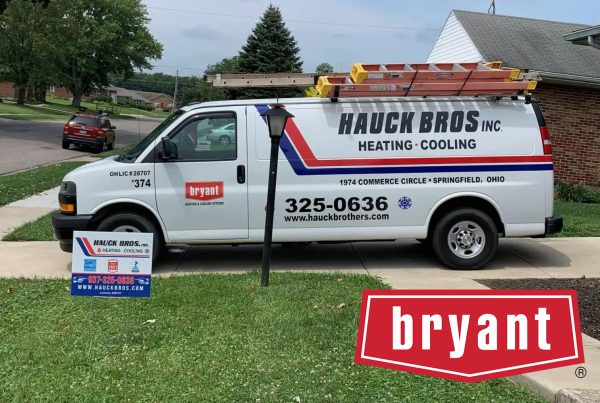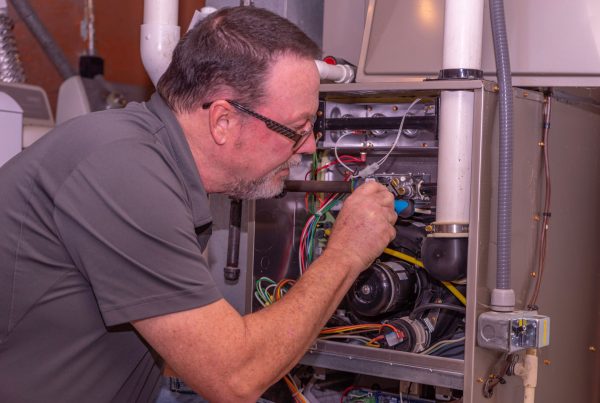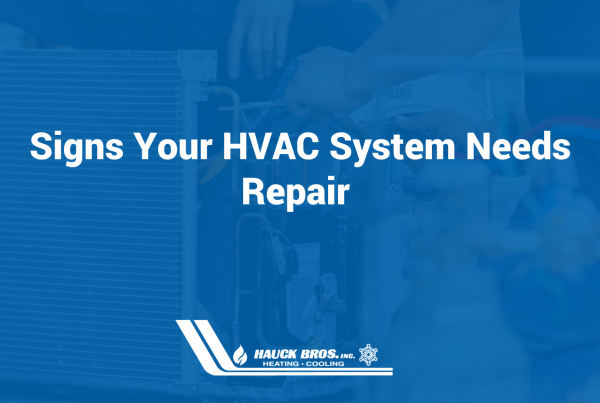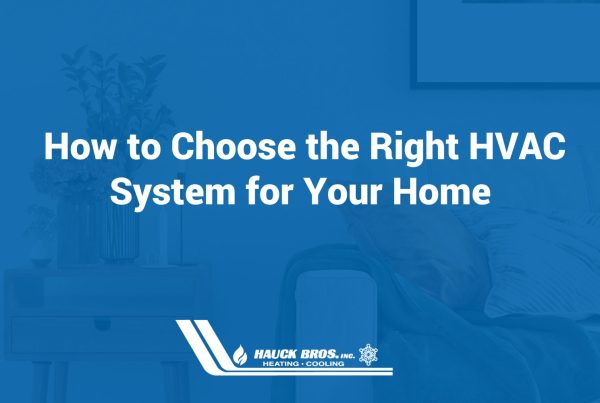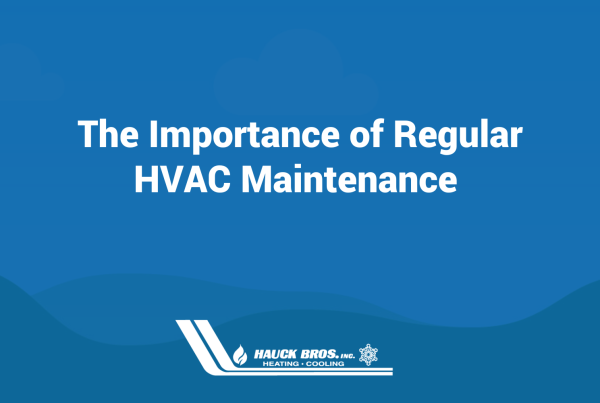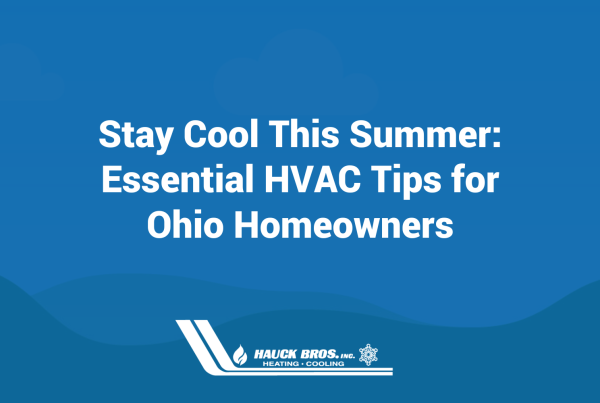
Essential Heating System Maintenance Tips for Winter
As the winter season approaches, it’s time to make sure your heating system is ready to keep you warm and comfortable throughout the colder months. A well-maintained heating system not only performs more efficiently but can also prevent costly repairs and extend the life of your equipment. At Hauck Bros., we want to help you get the most out of your heating system, so here are some essential maintenance tips to ensure your home is cozy and safe this winter.
Schedule a Professional Inspection
An annual professional inspection is the foundation of effective heating system maintenance. Scheduling your inspection in the early fall or just before winter can catch any issues before they become major problems. During a tune-up, your technician will:
– Inspect and clean critical components
– Check for gas or carbon monoxide leaks
-Verify electrical connections
-Ensure the system is working at optimal efficiency
-Lubricate any moving parts
-A professional inspection helps keep your heating system running smoothly, ensuring reliable warmth and energy efficiency all winter long.
-Replace or Clean Air Filters Regularly
How often should I replace my furnace filter in winter?
Air filters play a crucial role in keeping your air clean and your system functioning efficiently. When filters are clogged with dust and debris, your system has to work harder, which can increase energy costs and strain the equipment. During winter, when the heating system is used more frequently, we recommend checking filters at least once a month and replacing or cleaning them as needed.
A clean air filter also contributes to better indoor air quality, which is especially important during the winter when your home is sealed up tightly.
Check and Clean Vents and Registers
Blocked or dirty vents can prevent warm air from circulating effectively throughout your home. Take a few minutes to:
-Dust off your vents and registers
-Make sure they’re free from obstructions (like furniture, curtains, or rugs)
-Adjust louvers to direct warm air where you need it most
Is it okay to close vents in unused rooms to save energy?
By ensuring that warm air can flow freely, you’ll enjoy more consistent comfort in every room while reducing the strain on your heating system.
Test Your Thermostat
Your thermostat is the command center for your heating system, so it’s essential to make sure it’s working correctly. Test it by setting it a few degrees higher than room temperature to see if the system responds accordingly. If your thermostat isn’t accurately reading the temperature, it may need recalibration, or it could be time for an upgrade.
Consider upgrading to a programmable or smart thermostat if you haven’t already. These models allow you to set heating schedules based on your routine, which can save energy and keep your home comfortable even when you’re away.
Seal Air Leaks Around Your Home
Heat can escape through gaps and leaks around windows, doors, and walls, forcing your heating system to work harder to maintain a comfortable temperature.
How can I prevent cold spots in my home during winter?
-Sealing any gaps around windows and doors with caulk or weather stripping
-Adding door sweeps to exterior doors
-Insulating areas with potential heat loss, like attics and basements
Sealing leaks can improve your system’s efficiency and help maintain a more stable indoor temperature, saving energy and money.
Inspect and Clear the Area Around Your Furnace
Furnaces need adequate space and airflow to operate safely. Before winter, inspect the area around your furnace and:
-Clear any clutter, flammable materials, or storage items from at least 3 feet around the furnace
-Make sure air intakes and vents are unobstructed
-Check for signs of wear, rust, or moisture around the unit
Keeping the area around your furnace clear promotes safe operation and minimizes the risk of fire hazards.
Why is my furnace making unusual noises?
Unusual noises can be a sign of internal issues with your furnace, such as loose parts or airflow obstructions. Addressing these early can prevent costly repairs and keep your system safe.
Check Your Carbon Monoxide and Smoke Detectors
Heating systems, especially gas furnaces, can produce carbon monoxide (CO), a colorless and odorless gas that can be dangerous if it accumulates in your home. Test your CO and smoke detectors to ensure they’re functioning properly, and replace batteries as needed. It’s a good idea to replace CO detectors every five years and smoke detectors every ten years to ensure they’re working at peak performance.
Consider Duct Cleaning for Improved Airflow and Quality
Over time, dust, debris, and even mold can build up in your ductwork, potentially compromising your indoor air quality and reducing the efficiency of your heating system. If you haven’t had your ducts cleaned in a few years, consider scheduling a duct cleaning before winter. Clean ducts allow warm air to circulate more freely, contributing to a more comfortable home and a more efficient system.
How often should I clean my air ducts?
A good rule of thumb is to have your ducts cleaned every 3-5 years or as needed, especially if you notice excess dust buildup or airflow issues.
Set Your Ceiling Fans to Run in Reverse
It may seem counterintuitive, but your ceiling fans can help with heating, too. By setting your fans to run clockwise at a low speed, you can push warm air that rises back down into the room. This helps distribute heat more evenly, allowing you to feel warmer and potentially lower your thermostat setting, saving energy.
Keep an Eye on Your System’s Performance All Winter Long
Even with these steps, it’s essential to stay alert for any changes in your system’s performance throughout the winter. If you notice unusual noises, inconsistent heating, or higher-than-usual energy bills, contact Hauck Bros. for a quick check-up. Addressing small issues early can prevent larger, more expensive repairs and keep your system in peak condition.
Trust Hauck Bros. for Your Heating System Maintenance Needs
Winter heating system maintenance is key to keeping your home comfortable and your energy bills manageable. At Hauck Bros., Inc., we provide comprehensive heating maintenance and repair services to help you stay warm all season long. Our certified technicians have the experience and expertise to inspect, tune up, and troubleshoot any issues with your system, ensuring it’s ready to perform when you need it most.
Contact us today to schedule your winter maintenance service and enjoy peace of mind knowing your heating system is in excellent hands.
By following these tips, you’ll help your heating system run efficiently and reliably all winter, keeping your home cozy while saving on energy costs. Stay prepared, and let Hauck Bros. help make this winter your most comfortable one yet!
Related Posts

